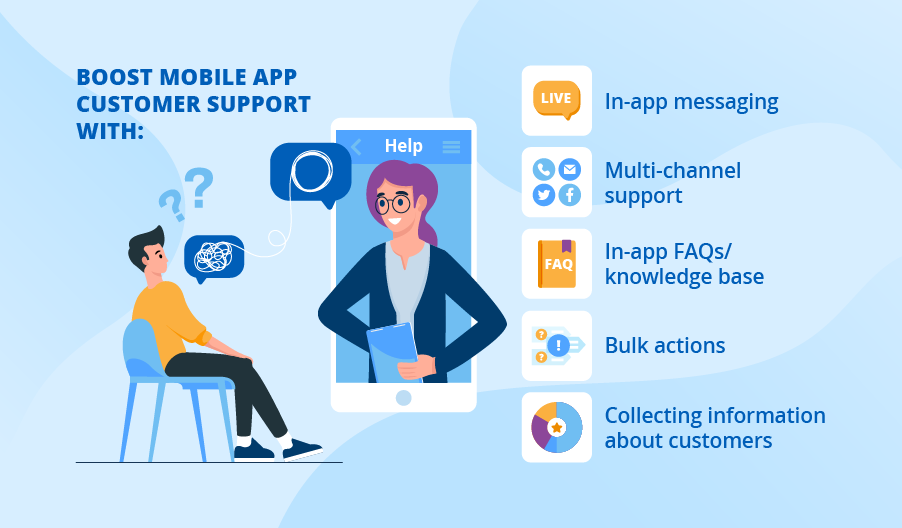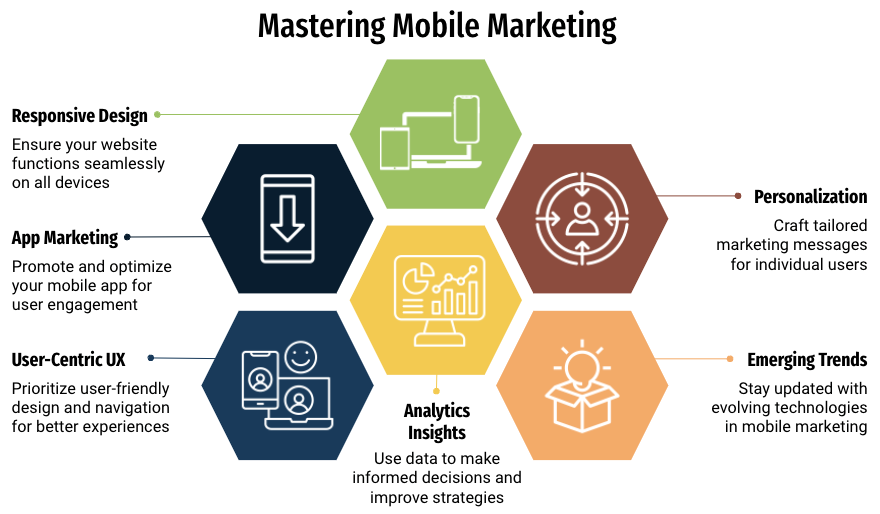Mastering App Support: Strategies for Ensuring User Satisfaction and Retention
Mastering App Support: Strategies for Ensuring User Satisfaction and Retention

Mastering App Support: Strategies for Ensuring User Satisfaction and Retention
1. Comprehensive Documentation
User Manuals: Create detailed user manuals that cover every feature and functionality of your app. Use simple language and include step-by-step instructions.
FAQs: Compile a list of frequently asked questions and provide clear, concise answers. Regularly update this list based on common user queries.
Knowledge Base: Develop an online knowledge base with articles, guides, and how-to videos. Make it easily searchable to help users find solutions quickly.

2. In-App Support
Interactive Tutorials: Offer guided tours and interactive tutorials within the app to help users get started and understand key features.
Chatbots: Implement AI-powered chatbots that can provide instant responses to common queries and escalate complex issues to human agents.
Help Centre Integration: Include a help center or support section within the app where users can search for answers or contact support.
3. Responsive Customer Service
Multi-Channel Support: Provide support through various channels such as email, live chat, social media, and phone. Ensure these channels are monitored regularly.
Quick Response Time: Strive to respond to user inquiries as quickly as possible. Set clear expectations for response times and adhere to them.
Follow-Up: Always follow up with users after resolving their issues to ensure they are satisfied with the solution.
4. Feedback Mechanism
In-App Feedback: Allow users to provide feedback directly within the app. This can be through surveys, feedback forms, or a simple rating system.
Regular Surveys: Conduct regular surveys to gather user insights and identify areas for improvement.
Act on Feedback: Actively listen to user feedback and make necessary improvements to your app. Communicate these changes to your users.
5. Community Engagement
Forums and Communities: Create and maintain online forums or communities where users can ask questions, share experiences, and help each other.
Social media: Use social media platforms to engage with users, share updates, and provide support.
Webinars and Workshops: : Host webinars and workshops to educate users about your app and its features.

6. Proactive Support
Regular Updates: Keep your app updated with the latest features and security patches. Inform users about new updates and how they can benefit from them.
Performance Monitoring: Use analytics to monitor app performance and user behaviour. Proactively address any potential issues before they escalate.
Educational Content: Create blogs, videos, and newsletters that provide tips, tricks, and best practices for using your app effectively.
7. Skilled Support Team
Training: Regularly train your support team on new features, common issues, and effective communication skills.
Empathy and Patience: Encourage your support team to be empathetic and patient with users. Understand their concerns and provide solutions that meet their needs.
Technical Expertise:Ensure your support team has the technical expertise to handle complex issues and provide accurate solutions.
8. Tracking and Analytics
Ticketing System: : Implement a ticketing system to track user queries, monitor response times, and ensure no issue is left unresolved.
Analytics:Use analytics to identify trends in support requests, measure the effectiveness of your support team, and make data-driven improvements.
KPIs: Establish key performance indicators (KPIs) such as first response time, resolution time, and user satisfaction scores to measure and improve support quality.
Conclusion
Providing effective support for your app involves a combination of proactive measures, responsive customer service, and continuous improvement based on user feedback. By implementing these strategies, you can enhance user satisfaction, build loyalty, and ensure the long-term success of your app.



